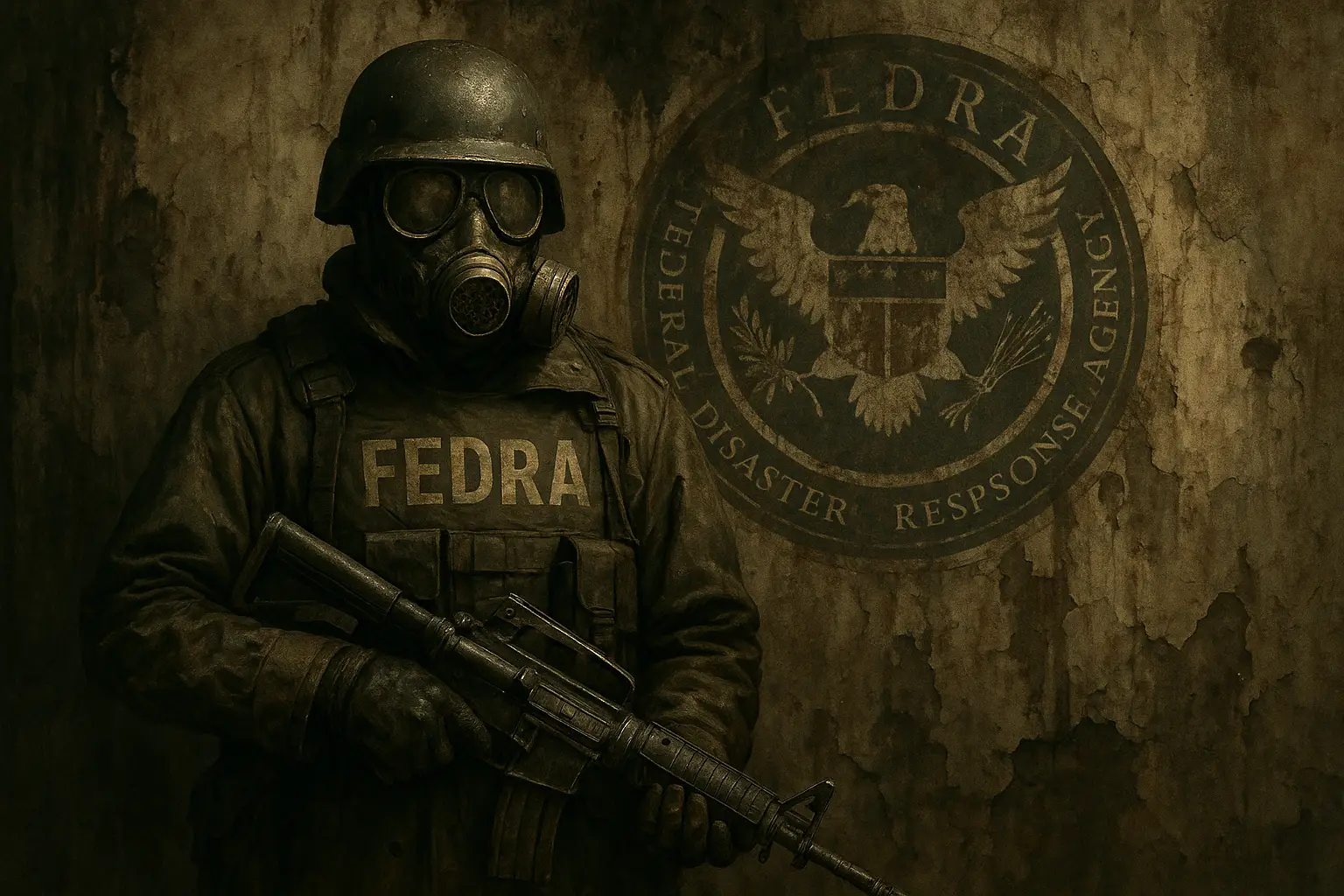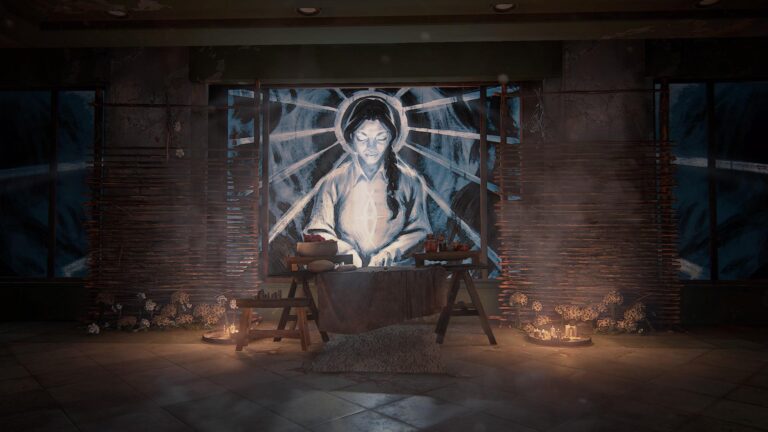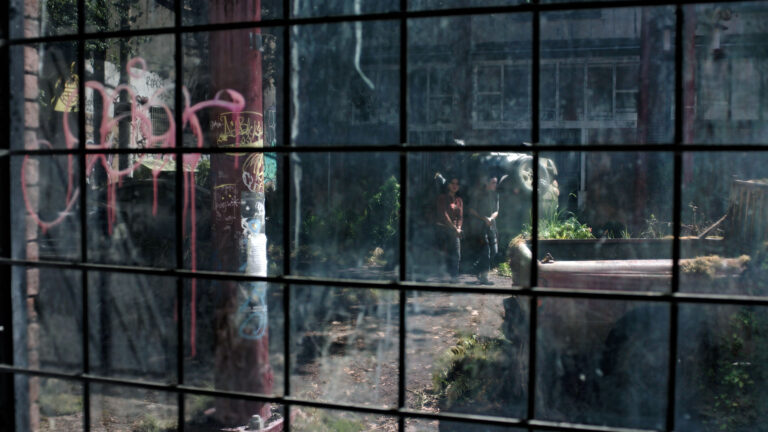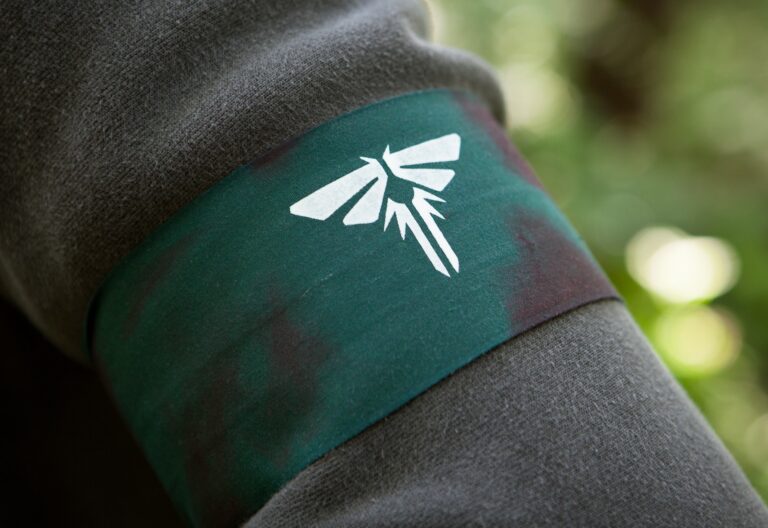What Really Happened to the Federal Disaster Response Agency in The Last of Us?
If you’ve ever wondered what went down with the Federal Disaster Response Agency – FEDRA, for all you “The Last of Us” aficionados – you’re not alone. Good old FEDRA. Some folks see them as saviors in a sea of mushroom-munching chaos, while others spit at the very mention of their fancy acronym. Let’s peel back the layers on this heavy-hitter of the TLOU world and see what really makes them tick. Strap in, because the journey from government agency to dystopian overlord is one wild, deeply complicated ride.
Once a Help Line, Now the Hard Line
Before Cordyceps gatecrashed civilization, FEDRA played it straight as your classic disaster response agency. Think FEMA with a bit more muscle. But when the world went full apocalypse, they stepped up – or maybe just over everyone else on the government org chart. You can almost hear the boardroom doors slamming shut as they dissolved every branch that might disagree with them. Suddenly, FEDRA stood alone in charge, and they soaked up every drop of authority left in the country. Do you need a military dictatorship to survive a fungal end-times? Well, FEDRA sure thought so. The agency merged with the military, and – bam – you get checkpoints, armed patrols, and those wonderful, ever-so-inviting quarantine zones. ([thelastofus.fandom.com](https://thelastofus.fandom.com/wiki/Federal_Disaster_Response_Agency))
Centrally Gripped Leadership
Let’s talk about the folks cracking the whip. FEDRA leaders aren’t elected or nominated by anyone who isn’t clutching a gun. The top brass – folks like Lieutenant Carmelo Torres and Captain Paul Douglas in Seattle – run their fiefdoms from the infamous CENTCOM. This isn’t your grandma’s government office. Commands roll downhill, and there’s no room for negotiation. If there’s a pecking order, it’s carved in stone and serviced by military types, not disaster relief experts.
- Orders get barked from CENTCOM.
- Each city’s quarantine zone follows those orders to the letter.
- Anyone who steps out of line tends to regret it.
This centralized grip makes them efficient, but it also means every FEDRA gaffe or crackdown feels like it rolls straight from the top.
FEDRA’s Life Philosophy: Trust Nobody, Suspect Everybody
While you might spot a FEDRA poster trumpeting “SAFETY THROUGH ORDER,” their actual philosophy comes down to one thing: control. The infection taught them to shoot first and administer order second. If you want to walk the streets after dark or skip work detail, good luck. Curfews? Absolutely. Labor camps? Don’t ask for a day off. Public executions? Sometimes even for minor offenses. Stay useful, don’t ask questions, and keep your papers handy – because FEDRA loves some paperwork.
But, underneath all this steel and routine, there’s a twisted sort of logic. If you were sitting on a pile of panic, how far would you go to keep yourself alive? Unfortunately, the answer for FEDRA was about as far as it could get without rolling tanks over its own citizens.
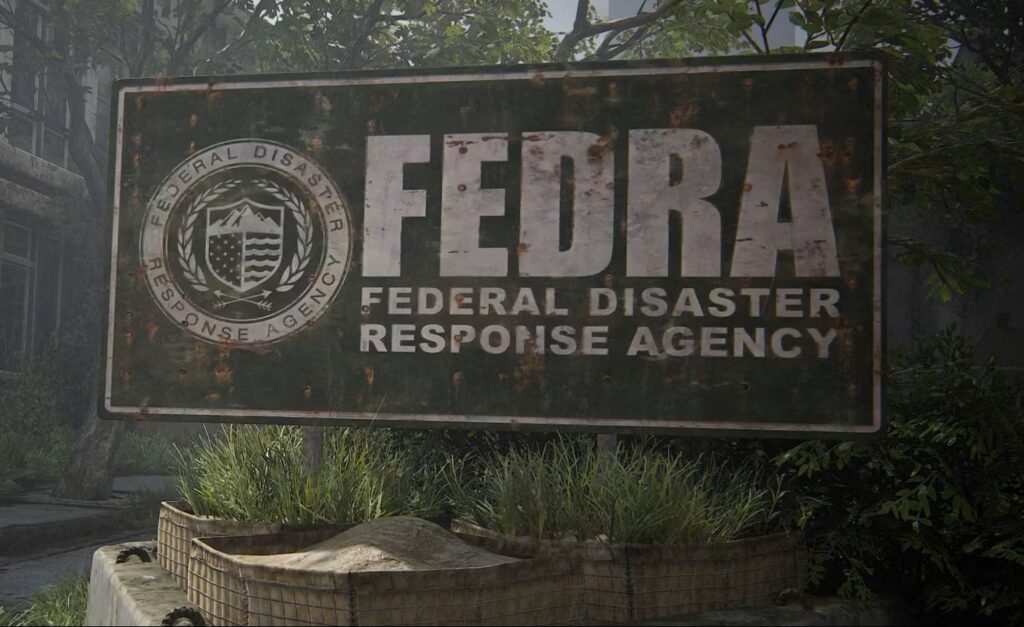
How the Neighbors Feel: Allies? Hardly
FEDRA might claim they’re the thin line between order and chaos, but don’t expect a warm reception from everyone else. The agency’s style hasn’t made them many friends. Here’s the breakdown:
- The Fireflies, with Marlene at the helm, hate FEDRA’s guts. They toss around words like “fascist” and “oppressors” and stage bombings, raids, and uprisings to get their point across.
- Across the ruined states, splinter groups rise and fall, fueled largely by a need to throw off FEDRA’s chokehold. The Washington Liberation Front in Seattle? Not fans, not even a little.
- The Kansas City uprising straight-up bulldozed FEDRA out of town. People there were done with the brutality, and the revolution turned into a bloodbath for any FEDRA loyalist left standing.
Even civilians have complicated feelings. While some look to FEDRA for food, shelter, and safety, others see them as jailers who protect only by caging everyone in steel and misery. Tensions simmer everywhere they go.
Say Their Name – Or Don’t
How do other characters talk about FEDRA? Well, it’s rarely in polite company. “Fascists,” “the regime,” “tyrants”—take your pick. On the ground, many people won’t even say the acronym, as if the letters might bring a patrol around the next corner. The Fireflies use the term “oppressors” in their graffiti, and most rebel groups invent less-frilly curses for them. Officially, it always stays “FEDRA”—maybe because “Federal Disaster Response Agency” stopped fitting a long time ago.
Big and Small-Screen FEDRA: What’s the Difference?
If you’ve got one foot in the game and the other in the HBO adaptation, you’ll spot the differences right away. In both, FEDRA runs a paranoid, militaristic show, but the series digs deeper into individual stories. Take Episode 7: we get an inside peek at FEDRA’s military schools where they scoop up orphans and give them two choices – join or starve. It’s all about building the next generation of loyalty, and maybe just a dash of fear. This detail, not front and center in the game, frames FEDRA as more than just faceless thugs – they’re a system shaping lives, for better or (far more often) worse. ([thelastofus.fandom.com](https://thelastofus.fandom.com/wiki/Federal_Disaster_Response_Agency_(HBO_series)))
Meanwhile, the show unpacks the cost of FEDRA’s order. FEDRA executes civilians to theoretically stop the infected from multiplying. The chilling scene, where Joel describes soldiers ruthlessly gunning down refugees, lands like a punch. The showrunners sprinkle FEDRA propaganda everywhere, plastering hopeful slogans on crumbling walls. It’s a grim, ironic wallpaper for survivors who know better.
FEDRA’s Hall of Infamy: Key Episodes You Can’t Miss
Sure, FEDRA rules most of the map – but some stories really bring out their full darkness.
- Boston QZ: Joel and Tess navigate FEDRA checkpoints, and it’s all tension and suspicion. Every soldier’s itching to shoot, and the script makes you feel it.
- Kansas City: FEDRA’s collapse is complete. Revolutionaries hunt every last remaining officer, and viewers see what a full-on purge looks like.
- Ellie’s Origin: In flashbacks, we delve into FEDRA’s attempt at stability. We see teen Ellie enrolled in FEDRA’s grimy, militaristic school. Her buddy Riley fans Firefly revolution inside those very walls.
Each episode stacks another layer onto the mythos – never making things simple, never letting us trust a uniform.
Hidden in Plain Sight: Easter Eggs and True Horror
Keep your eyes peeled for FEDRA easter eggs strewn around the show. Propaganda posters shout messages like “Obey FEDRA” and “Your Safety Is Our Priority,” which is darkly hilarious if you catch a glimpse of what happens right underneath. Controllers and graffiti both tear down and reinforce FEDRA’s image, painting a world where loyalty is forced, not earned.
Oh, and in the game code (big nod for the curious), some signs contain numbers and acronyms that fans think point to real-world disaster agencies – a sly wink to anyone really digging through the rubble.
Cracks in the Armor: Why FEDRA Always Feels One Step from Collapse
For all their guns, guards, and glorious bureaucracy, FEDRA rarely feels invincible. The more you learn, the clearer it gets: their grip always teeters on the edge. Even in the most fortified cities, rebellion bubbles underneath. Their authoritarian fix leaves people cold, hungry, and, let’s face it, ready for something – anything – different.
And yet, for some, FEDRA’s brittle order offers a lifeline. Chaos means death, and so a curfew sometimes feels better than clickers.
The Fallout: FEDRA’s Place in the Wasteland
So after all the drama, fire, and very memorable executions, where does FEDRA really stand? The agency is legend and leftover, maybe even a little lesson for post-apocalyptic power-holders everywhere. Survivors know that while FEDRA held the line, they also drew a bloodier one inside the walls. Every time a new group rises up or a zone falls, you remember – they were never quite the heroes, never quite the worst, always just surviving by their own rules.
Would you have joined them, rebelled, or just kept your head down? In the savage, unforgettable world of “The Last of Us,” those are questions everyone has to answer for themselves. FEDRA’s legacy lingers, thorny and tangled – much like the cordyceps itself. And just when you think you’ve figured them out, another episode, another memory, peels back yet another layer of their bristling, uneasy rule.

